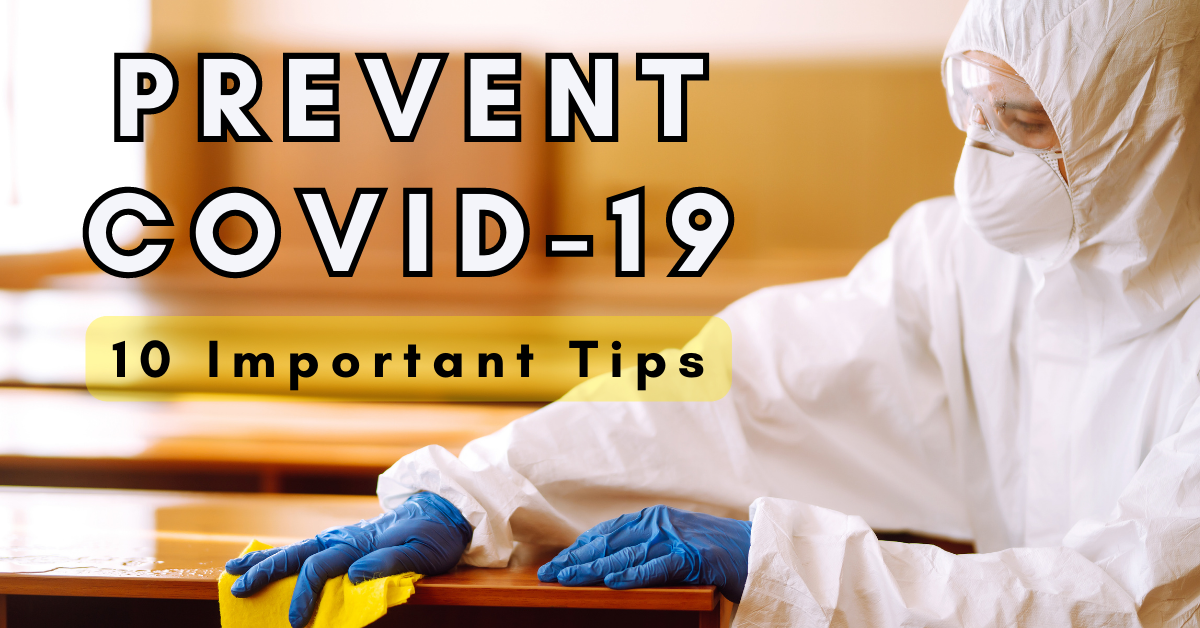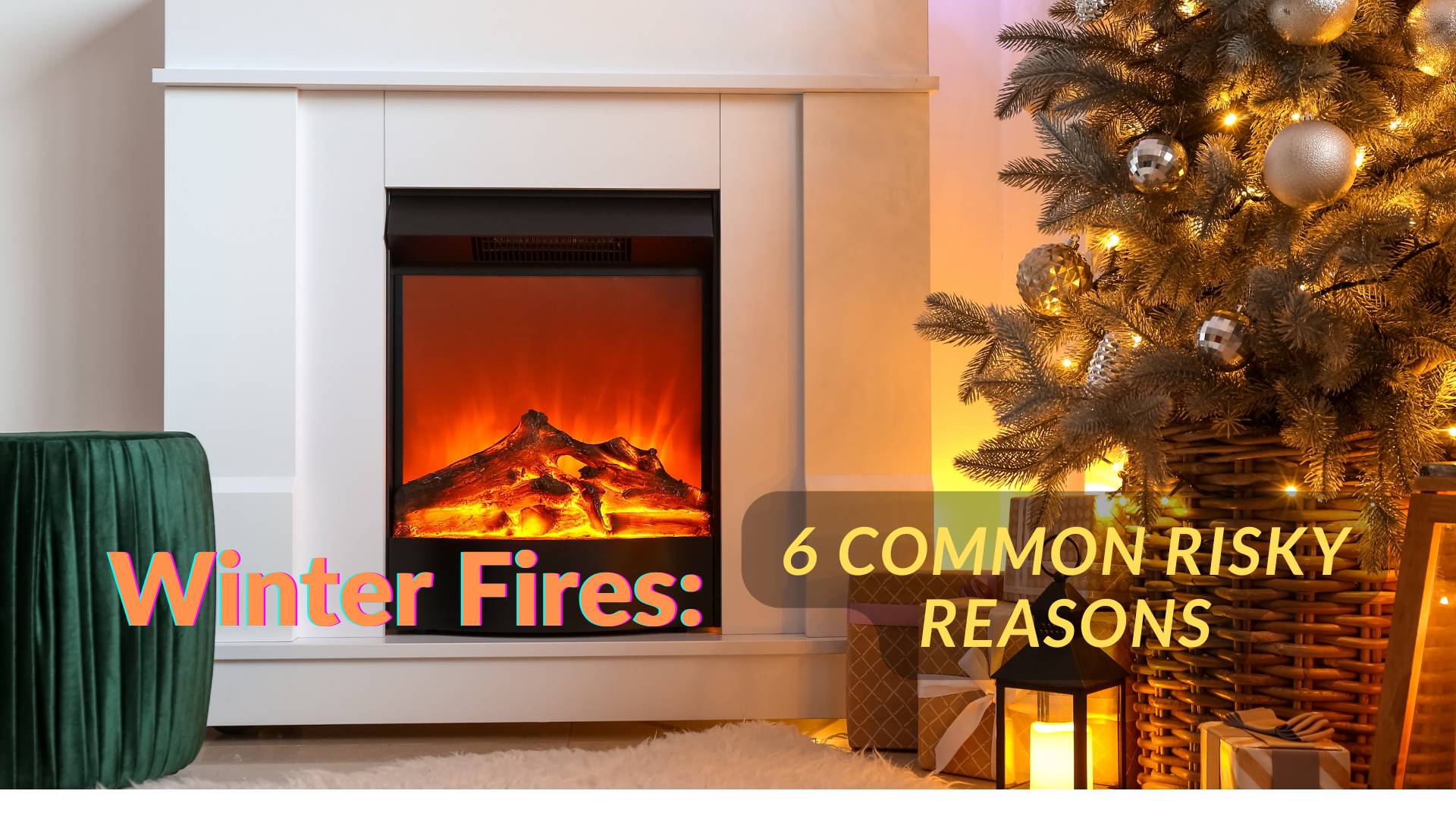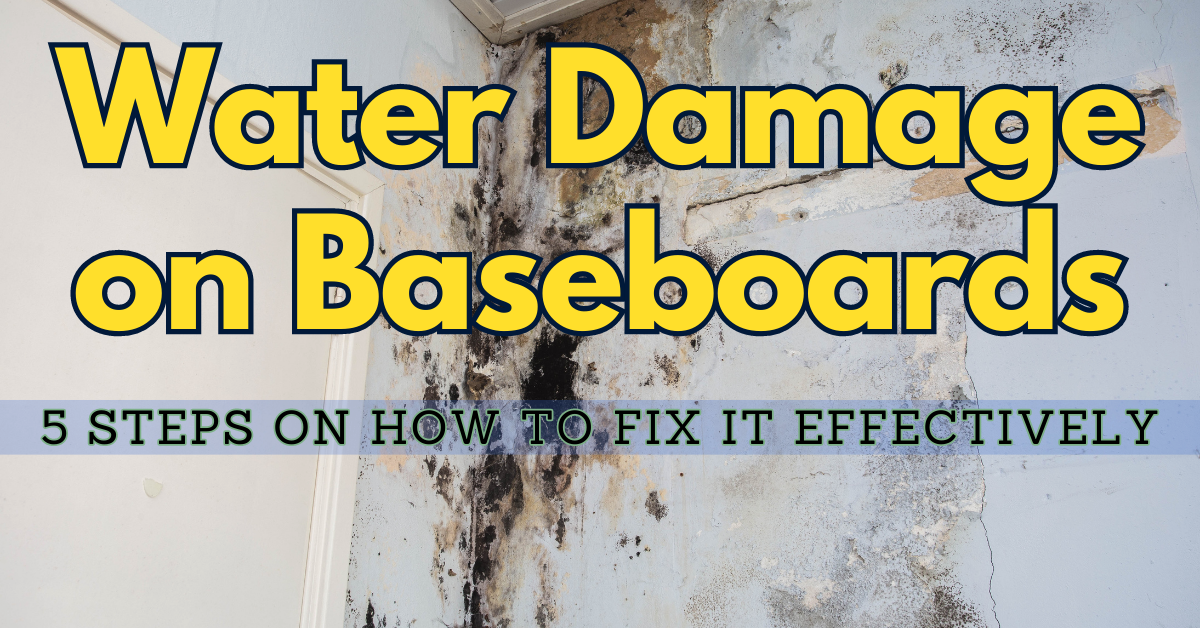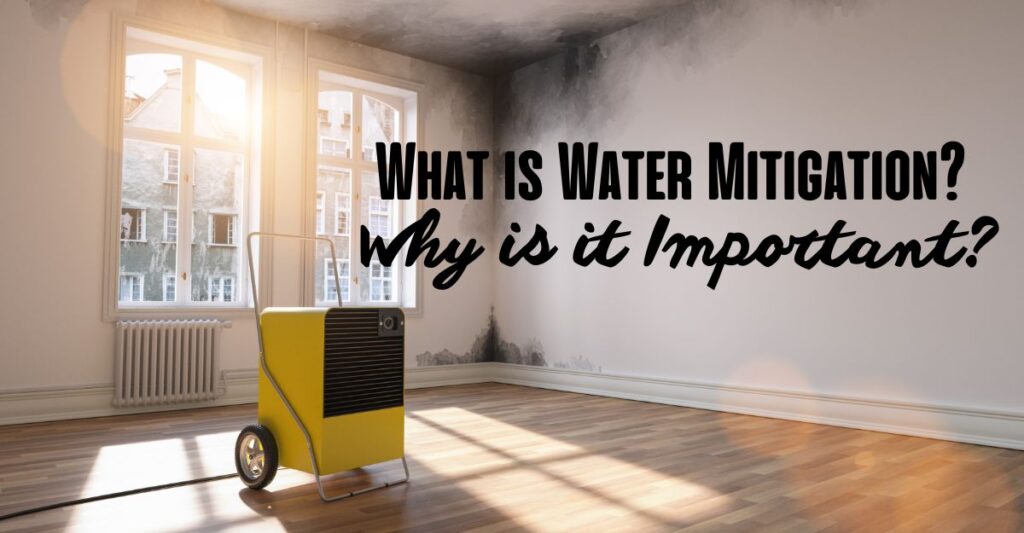
Be it clean water or black water, it can attack your home or business in just a few minutes! And without you knowing it, it has already penetrated your furniture, property materials, and other possessions.
Water damage in your home can arise due to leaking/ burst pipes, other leaks due to faulty appliances (eg. dishwasher, sump pump, heater), and storms. Then for the first 24 or 48 hours, mold can easily spread and cause further damage. These are some examples of situations where you will be needing services for water mitigation and restoration.
But what is water mitigation? And why is this important in the water damage restoration process? To help you fully understand the process, please read the full article.
Understanding Water Damage Mitigation and Water Damage Restoration
Water mitigation and water damage restoration may sound the same, but they have distinct processes. They happen at different times but both are essential and work together for the whole process of restoration to be successful. Water damage restoration is done after the water mitigation process.
What is Water Mitigation?
Water mitigation helps stabilize your home and prevents further damage and consequences. This type of service uses specialized techniques and advanced equipment since the goal of water mitigation is to minimize loss. This process not only removes standing water in your home but can prevent mold growth, too. Moreover, this is an all-inclusive process that consists of
- Getting rid of materials that are affected (e.g. flooring, drywall, beams, furniture, etc)
- Extracting water/ water removal
- Drying out the affected areas usually with commercial-grade tools and equipment
- Cleaning and disinfecting household surfaces and materials, any salvageable materials
- Repairing water-damaged property
Whereas, water damage restoration happens once water mitigation is done. This is intended to fix property and aid in recovering from water damage and returning to its pre-damaged condition. The focus is on the repair and restoration of your home due to water damage. Restoration professionals will help homeowners recover and redeem all damages.
The restoration of a property will depend on how the extent of the water damage. The common services of water damage restoration include replacing damaged flooring or walls, getting rid of mold, fixing roof damage, and conducting moisture testing.
Categories of Water Damage
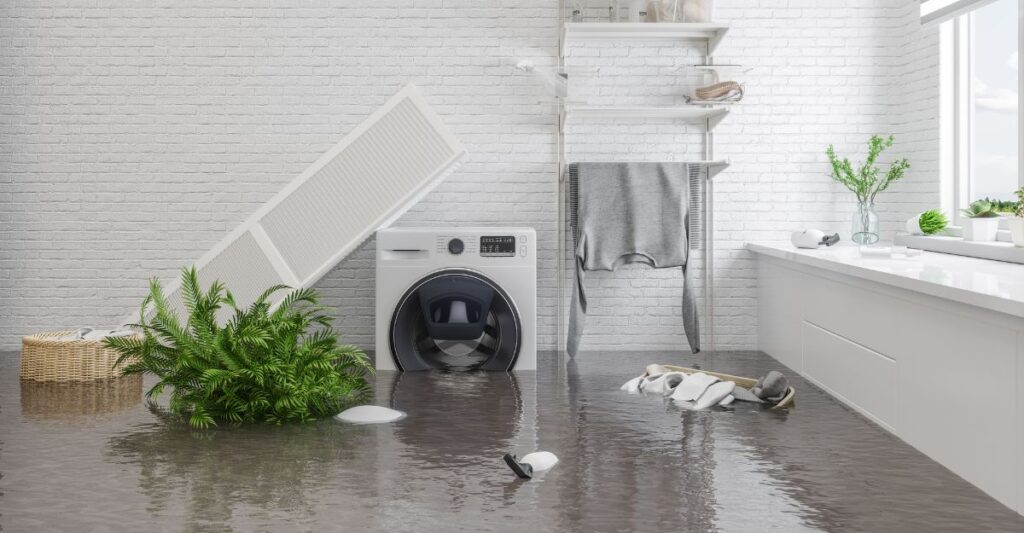
Examples of exterior water sources come from a leaky gutter or groundwater, or a rising water table. Interior water sources are overflowing showers/tubs, a clogged toilet, a burst pipe, or a failed water heater.
Three types of water define the level—
Clear Water
Clean water or potable water, usually from burst pipes or broken water supply lines, water with no contaminants
Gray Water
Cloudy water, usually coming from sump pumps, dishwashers, washing machines, or tubs
Black Water
Contaminated water from toilets or sewage lines
4 Classes of Water Mitigation
There are four categories of water mitigation based on how much water there is and how quickly it is expected to evaporate. These categories depend on the type of wet items or materials affected and the amount of water present. It is crucial to determine the class of water damage right from the start of the mitigation process. Experts in water damage restoration can create a customized plan that suits the homeowner’s property requirements.
CLASS 1: This type is the easiest to deal with since the slow evaporation rate is slow. Only materials with a low rate of moisture penetration (eg. concrete/plywood) are affected. Moreover, the carpet has little or no moisture at all, and only part or area in the room is affected.
CLASS 2: This type has a fast evaporation rate and affects the whole area of the room including the cushions and carpets. The walls have absorbed at least 12” and moisture has remained in structural/building materials.
CLASS 3: This type has the fastest evaporation rate. The walls, ceilings, carpet, insulation, and subfloors are saturated.
CLASS 4: This class typically means that there has been enough time and liquid for the saturation of materials. This also has a meager penetration rate like stones, bricks, or hardwood. Therefore, this class has been tagged as a specialty drying situation.
Hiring a Reputable Water Damage Restoration Company
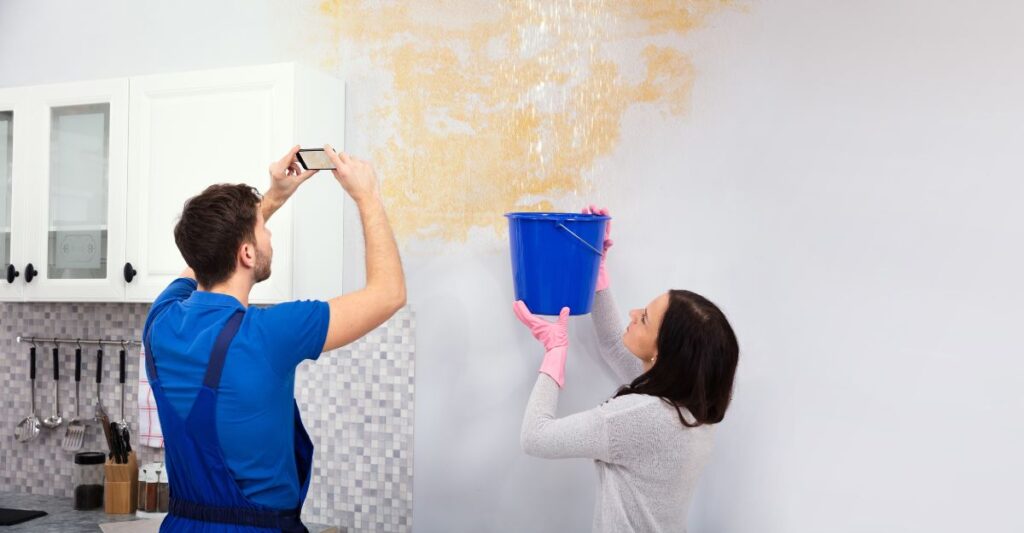
Water damage can be very costly especially if water has been sitting on your property for a long time. This is also a time-consuming issue to repair. The best thing to do is to call a respected company that follows industry standards for water damage restoration.
Superior Restoration’s mitigation team will assess the damage and water source, remove water and dry out your home. Furthermore, we will be able to give you an estimate of the cost. Make sure to check with your insurance company to see if they cover this kind of damage.
We will surely help your home get back to normal so let our highly skilled, prompt, and respectful professionals save your day! We will be at your service, 24 hours a day, 7 days a week.


